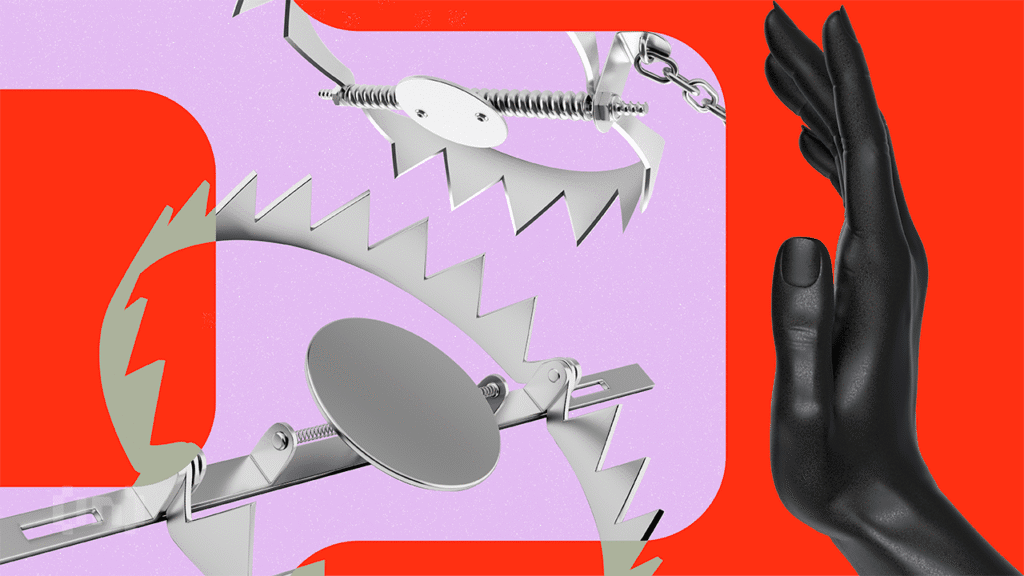The crypto market has experienced an increase in adoption, with assets reaching record highs. Furthermore, stubcoin has emerged as the basis for this expansion and has proven to be the backbone of the real world economy.
However, Christopher Perkins, president of Coinfund, warns that “security” is the biggest risk to sustaining momentum. In an exclusive interview with Beincrypto, Perkins proposed the “Neo-Privater Program.” He argued that adopting this could be the best defense against the next $1 billion exploit.
Stablecoins are growing, but are hackers winning the race?
Stubcoin, an asset fixed in Fiat currency, has been thriving recently, and this is not without a reason. Recruitment is driven by several important factors. These include efficiency, demand for a volatile economy, increased adoption of Tradfi, a clearer regulatory framework, and benefits of cost and transparency.
Beincrypto recently reported that the number of wallets holding Stablecoins officially exceeds the number of wallets holding Solana (SOL), highlighting its growing advantage.
In particular, many people are hoping that the Stablecoin market will continue to expand. The US Treasury estimates its market capitalization could reach $2 trillion by 2028. Meanwhile, Citigroup predicts it could reach $3.7 trillion by 2030.
Despite the positive outlook, Christopher Perkins warns about security risks, and it’s not just stable. Perkins noted that the nearly $4 trillion crypto market faces similar challenges. Therefore, as more value moves in the chain, it becomes increasingly important to strengthen security measures.
“State and non-state sponsored crime groups are licking chops when stubcoins enter the system,” he said.
Perkins said Stablecoins, which comply with the genius act, has a built-in “freeze and seize” feature. This allows authorities to confiscate the reserves and burn the tokens in illegal scenarios. Nevertheless, he said the due process takes time and the hackers move much faster.
Additionally, the executives emphasized that blockchain provides excellent forensics in the case of hacks and helps track illegal activities. However, Perkins points out that sophisticated, often state-sponsored hackers continue to develop new technologies and become even more powerful as AI and deepfakes become more sophisticated.
“In my opinion, we need a private sector solution, and for me, this solution is a neoprive sales program that takes advantage of private sector skills and sophistication at a small expense to taxpayers.
Is the private sector the answer to the crypto security crisis? Perkins thinks so
So, what does neo-private involve? Well, Chris Giancarlo, senior advisor to Willkie Farr & Gallagher, and former CFTC Chairman and Perkins, who wrote about the concept of neo-private, detailing that it involves quickly targeting agile startups and decentralized teams involved in buildings with encrypted infrastructure, and targeting property or from property.
Perkins argued that these teams are essential to advance the adoption of cryptographic technology and protecting national security.
“Private people played an important role in America’s victory during the Revolutionary War. Our founding father strengthened the practices in Article 1 of the Constitution and allowed Congress to issue “letters of markings and retaliation.”
Coinfund’s president advocated a revival of “private thinking” in which the private sector plays an active role in securing and expanding crypto space.
“Today, the NEO-PRIVATEER program can be used to restore security across crypto spaces. By leveraging private sector refinement, neoprivagers can attack designated enemies by actively hacking from illegal actors and hacking and grasping assets. beincrypto.
Neo-Privering: A Cost-Effective Solution for Crypto Security
The executive also emphasized that it is costly and challenging for the government to employ and maintain talent that can compete with funded state-backed entities. Therefore, Neo-Privateering solves this problem.
“In the US, a presumably former public-private partnership, private individuals could provide solutions at the cost of taxpayers. In fact, seized assets could also help fund strategic Bitcoin reserves,” he said.
This all sounds very informative, but privateness brings ethical concerns. Perkins emphasized that private individuals historically need to post bonds. This could be confiscated if they violate their approved conduct.
The latest version of this approach includes individual “staking” assets to ensure accountability. Blockchain technology provides a clear and trackable record of activities, monitoring privateness and making it easier to act with published Marque characters.
The president of CoinFund Post reveals the biggest risks to stubcoin and how it will first appear in beincrypto.

